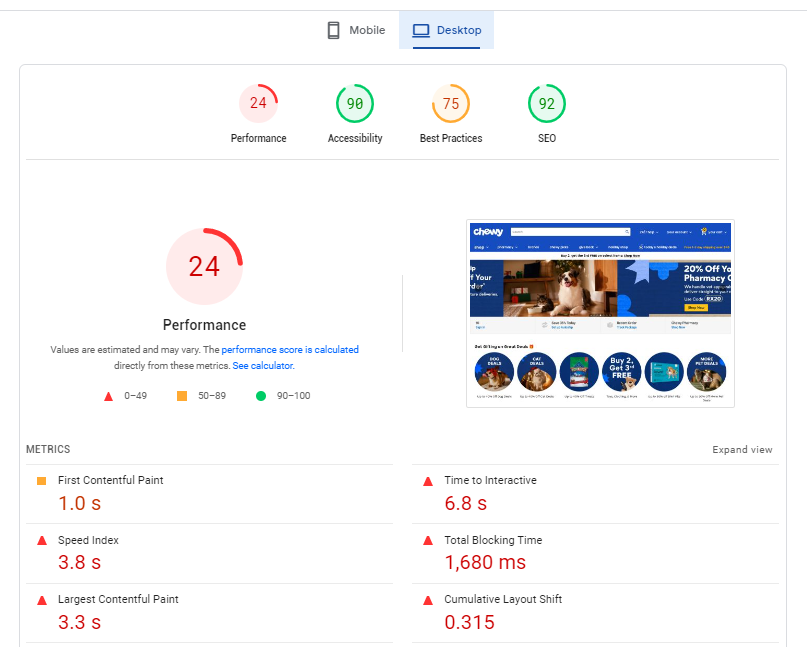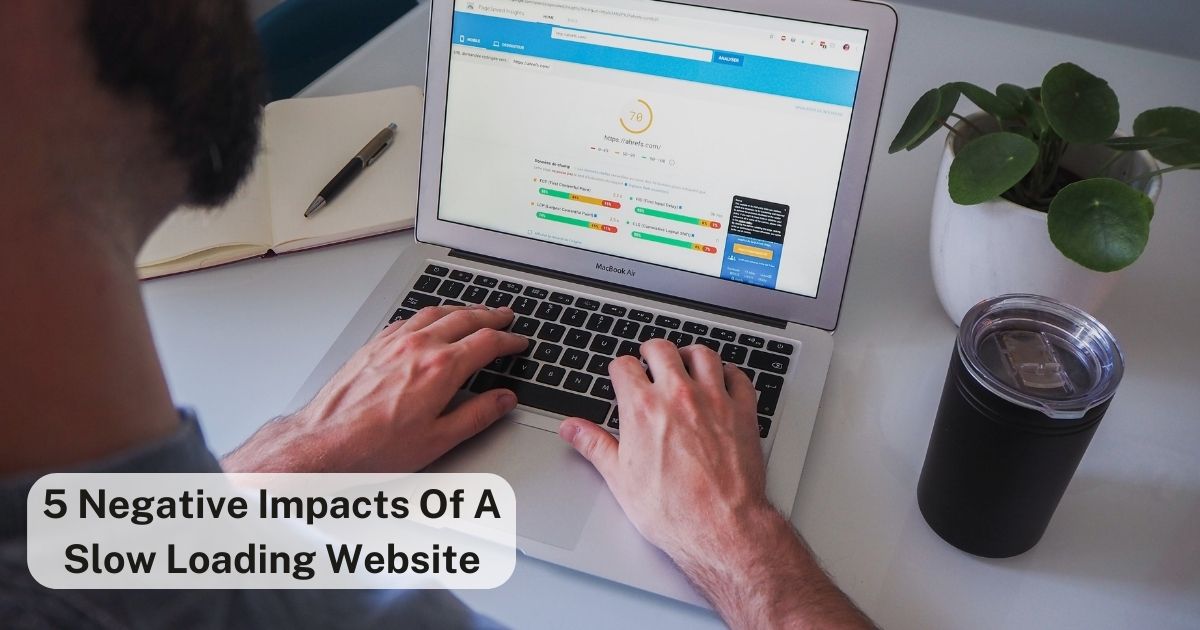A website can help you build an online presence and create brand awareness. Your website mentions everything your audience needs to know about your business, products, and services.
Having a website is not enough. You need to make sure all the web pages load within a few seconds. You might have spent so much money developing and designing a beautiful website and adding advanced functionalities to it.
But what about loading speed? How long does your website take to load?
If it takes too long to load, your visitors will bounce back and conversion will suffer. Even if your web page ranks on the top of Google SERP (search engine results page), but loads slowly, the user experience will be affected. Due to poor user experience, users won’t be willing to visit your website again.
Ideally, your website should load within three seconds. Longer than that will increase the bounce rate and decline the conversion rate.
According to a report, 40% of users abandon a website that takes more than 3 seconds to load.
Negative Impacts of A Slow Loading Website
Let’s understand in a bit of detail, what are the consequences of a site that loads slowly:
Search Ranking
Page speed is the direct SEO ranking factor. When it comes to search ranking, search engines like Google, Bing, and Yahoo always give search ranking priority to websites that load quickly.
If your website takes more than 3 seconds to load, it will create a negative impact. With a slow website, you will notice a drop in search engine rankings. Search engines will favor those websites with faster loading speeds. Even if your site has high-quality content, don’t expect it to rank high on SERP.
User experience
Apart from affecting SEO ranking, a slow-loading website impacts user experience. Poor website loading speed also means poor user experience. When the website fails to provide a quality user experience, the brand image gets affected.
The attention span of online users has decreased. A slow-loading website can frustrate your audience. Around 40% of users leave the website if it takes more than 3 seconds to load. Another stat revealed that 79% of online shoppers are less likely to return if they experience a slow-loading website.
Sales and conversion
According to Amazon, one second of load lag time could cost $1.6 billion in sales to the company. If you are into the eCommerce business, ensuring fast page loading becomes more critical.
For an eCommerce store, the major downside of a slow-loading website is low sales and conversions. Users share shopping experiences with other users. This can hurt your sales very badly. Improving your site’s page loading speed can boost sales and conversion rates significantly.
Website traffic
Website traffic declines due to two reasons: low search engine rankings and poor user experience. As we have already seen, search engines favor websites that load quickly. So, a slow-loading website also means less organic traffic.
Bad user experience also prevents users from navigating through more web pages. The chances are users may not visit the site ever again. A fast-loading website won’t just improve SEO rankings and attract more organic traffic, it will improve user engagement as well.
Bounce rates
Bounce rate is the percentage of users who leave the webpage without interacting (this includes clicking on a link, making a purchase, filling a form, etc.). With the decreasing attention span, don’t expect users to wait too long until your website loads fully.
When users come across slow-loading websites, they bounce back. If your website fails to provide a quality user experience, users have tons of alternatives available.
Reasons For Slow Website Loading
Now that you know how much impact a poor speed website creates on your sales & conversions, let’s check out the reasons for slow website loading:

Unoptimized images
This is one of the common reasons behind a slow-loading website. You may want to give an amazing experience to your users by adding visuals to your website. That’s not an issue if those visuals are well-optimized. Uploading too many large-size images increases the web page’s size and resultantly, increases load time.
Too many HTTP requests
This happens when the website has so many JavaScript, CSS, and image files. Every time someone visits your web page, the browser performs too many requests, which reduces page loading speed. To solve this issue, try reducing the number of files and minifying JavaScript and CSS files.
Too many ads
If ads is the primary revenue source of your website, try reducing them because too many ads don’t just reduce page loading speed, but ruin user experience as well. The more ads you display on your website, the more HTTP requests there will be.
Unclean code
Unclean code can increase file size and reduce the page loading speed of your website. Clean the code by removing unnecessary elements like excess white spaces, inline stylings, empty new lines, and unnecessary comments.
Bad hosting
You might have done everything right, starting from optimizing images to minifying the code, but still, your website loads slowly. Well, your web hosting provider could be the issue.
Not using a CDN
A CDN (content delivery network) is a distributed network of independent servers located in different geographical locations. If you have website traffic coming from across the globe, using a CDN service can benefit a lot.
How Encircle Technologies Can Speed Up Your Website?
Page speed optimization is the best investment you can make in your website. Our team can help you speed up your slow-loading website. We will make sure your website loads at a lightning speed.
To improve the page speed performance of a website, we follow these steps:
- Firstly, we check the website’s speed performance using GTMetrix or Google PageSpeed Insights.
- Optimize images used in the website
- Use a CDN (content delivery network)
- Avoid self-hosted videos
- Use CSS Sprites. It helps to reduce HTTP requests by combining images in a single file.
- Disable unnecessary plugins/apps
- Minify HTML, CSS, and JavaScript files
- Preload JS and CSS
- Use Google Tag Manager
- Preload web fonts
Final Thoughts
Having a slow-loading website impacts your business in so many ways. It declines search engine rankings, ruins user experience, impacts sales & conversion, reduces website traffic, and increases bounce rate.
What’s the point of having a beautiful website when users aren’t able to access it properly? If you want to improve your website’s loading speed (and sales ultimately), hire us!
For any query, feel free to contact us at support@encircletechnologies.com
Also Read: How Web Design Affects SEO?
